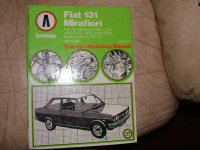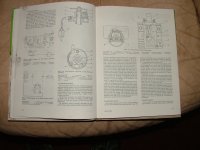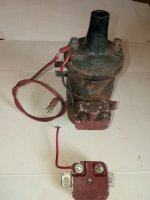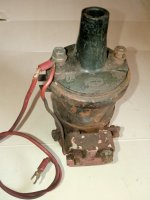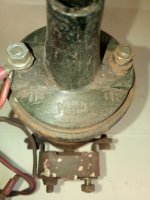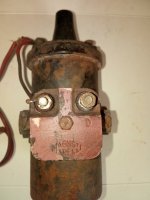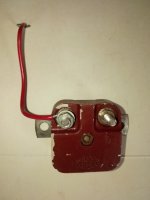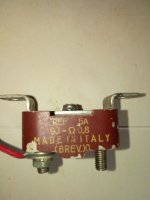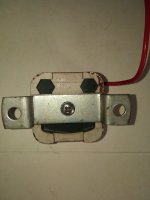My 500R misfires when hot.
The coil does become pretty warm to the touch.
Coil resistance is 3.3Ohms, but there is also a red square in the side of it which the feed passes through - this has a resistance of 1.1Ohms.
I did put this coil on the car when I built it up (from parts). So should I have a 1.5Ohm coil, or is the installation correct, or should I be using the coil I have without the 1.1Ohm resistor?
All other aspects of the engine appear healthy. The misfire is present with two different carbs (one 26IMB, the other a 28IMB). Valve clearances correct, good compression I’m on both cyclinders ~110psi. Points gap and timing correct.
Any thoughts?
Thanks, Ray

The coil does become pretty warm to the touch.
Coil resistance is 3.3Ohms, but there is also a red square in the side of it which the feed passes through - this has a resistance of 1.1Ohms.
I did put this coil on the car when I built it up (from parts). So should I have a 1.5Ohm coil, or is the installation correct, or should I be using the coil I have without the 1.1Ohm resistor?
All other aspects of the engine appear healthy. The misfire is present with two different carbs (one 26IMB, the other a 28IMB). Valve clearances correct, good compression I’m on both cyclinders ~110psi. Points gap and timing correct.
Any thoughts?
Thanks, Ray


